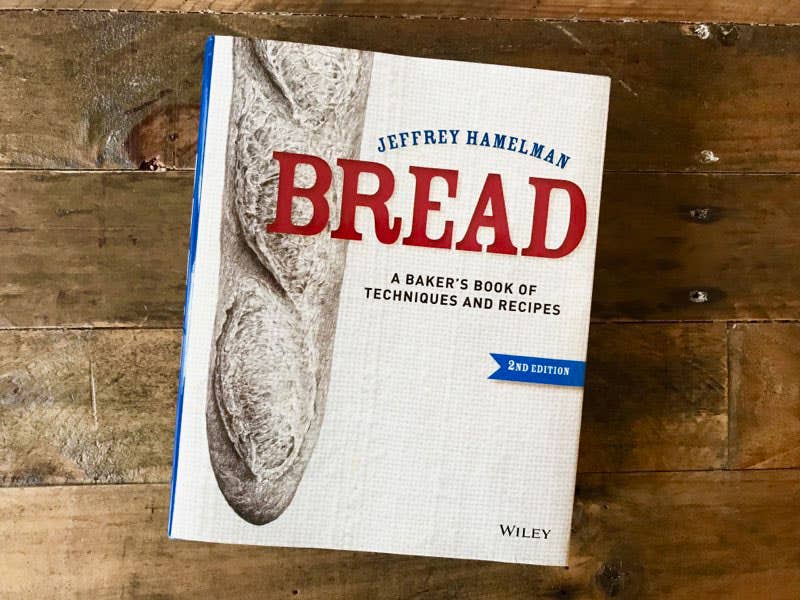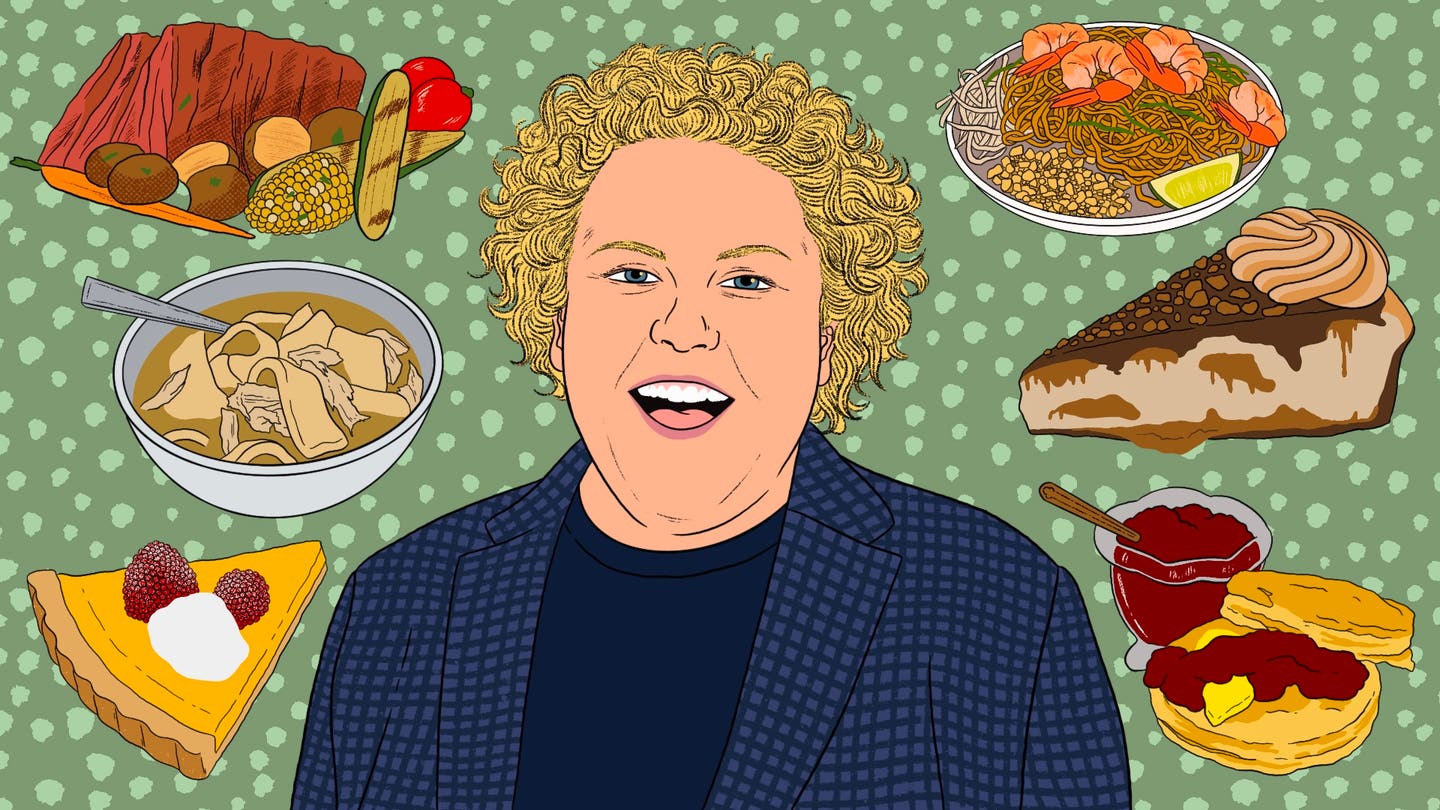
April’s Cookbook Club Pick: Bread: A Baker’s Book of Techniques and Recipes
This month, we’re baking our way through master bread baker Jeffrey Hamelman’s definitive guide to the craft
For an activity that is considered a symbol of comfort and nostalgia, bread baking can be pretty polarizing. For every soothing breath roused by baking a loaf there are a few stomachs knotted at the thought of coaxing a leaden pile of flour and water to rise like a phoenix from the ashes.
People tell me, "I’m good in the kitchen but I can’t bake. Too many rules.”
This is what I say to them: I bake like a cook.
Like many, I was initially drawn to restaurant kitchens by the sweaty mystique of line cookery, believing that freedom was stifled in the pastry department. Instead, I ended up playing the part of professional baker for nearly a decade, working in kitchens around New York City and Austin–two cities uniquely suited for a baker who isn’t always great at following the rules.
But then there are bakers like Jeffrey Hamelman. One of the few certified master bakers in America, the former director of King Arthur Flour and coach of the Baking Team USA (a real thing!), Hamelman bakes like a baker. He is also the author of Bread: A Baker's Book of Techniques and Recipes, a succinctly titled, deeply informative, and widely beloved reference tome for all things relating to bread baking. The book, this month's selection for SAVEUR Cookbook Club, is the product of a lifelong devotion to perfecting his craft. It is stocked with tables, measurements, and technical terms that might send a baking newbie, or even many a professional cook, running for the hills. But as you flip through the encyclopedic array of recipes, each one thoughtfully annotated by its author, something becomes clear: Bread isn't really a rulebook at all. It's a guide.
I've never been able to keep my intuition from overriding a recipe, and now that I bake entirely from home, researching bread and the many stories that stem from it for my project Bread On Earth, and twisting loaves into sculptures, there's even less at stake. But as I've been reading through Bread in preparation for this month's Cookbook Club, I'm reminded once again that good instincts are built on a bedrock of experience and knowledge. If you haven't spent decades of your life making bread, Hamelman has got you covered. He won't exactly hold your hand through this process (I'm here for that this month, if necessary), but he respects his audience and treats his readers like professionals, whether or not you'd use that title yourself.
While Hamelman and I may fall on two sides of the baking spectrum (dedicated master craftsman and mercurial bread dementor) we’ve got at least one thing in common: We’re not rigid. Bakers can’t be—the beauty of bread is that we’re never really in control. You can follow a recipe to the letter and rarely will a loaf come out the same way twice. Even for those who are loyal to the science, improvisation frequently comes into play. Flour and tap water vary wildly from region to region, as does humidity, ambient temperature, and a hundred other variables that will affect your bread. All we can do, as the hands that feed the yeasts and build the gluten, is create an environment that acts as a happy incubator: a good ecosystem for good bread. So that cook’s instinct? It’s not only welcome in baking, it’s necessary.
For those familiar with making your own bread, you know that emotions can run high; this may be the reason why some of us are addicted to it. The process is as humbling in its challenges as it is satisfying in its victories. But between the serotonin-inducing successes and heart-crushing failures it’s easy to forget that this process is actually really simple. I work from an ancient oven that came with my 1920’s-era Queens apartment. Up until recently I used an inverted clipboard as a peel. My point: Good bread doesn’t take steam injection, a degree in microbiology, or militaristic propriety. It just takes a teacher like Hamelman, persistence, and a willingness to rise (if you will) to the challenge.
Keep Reading
Continue to Next Story










